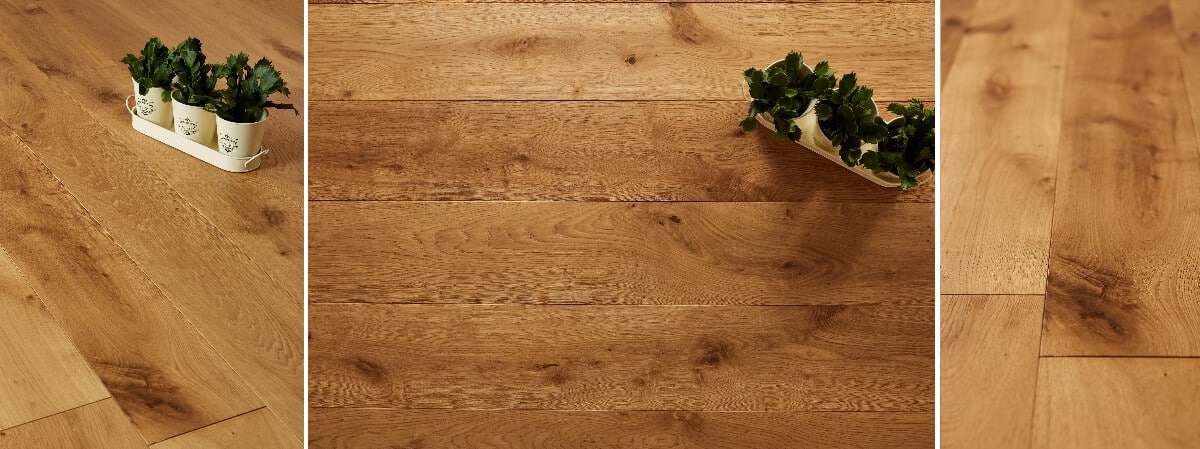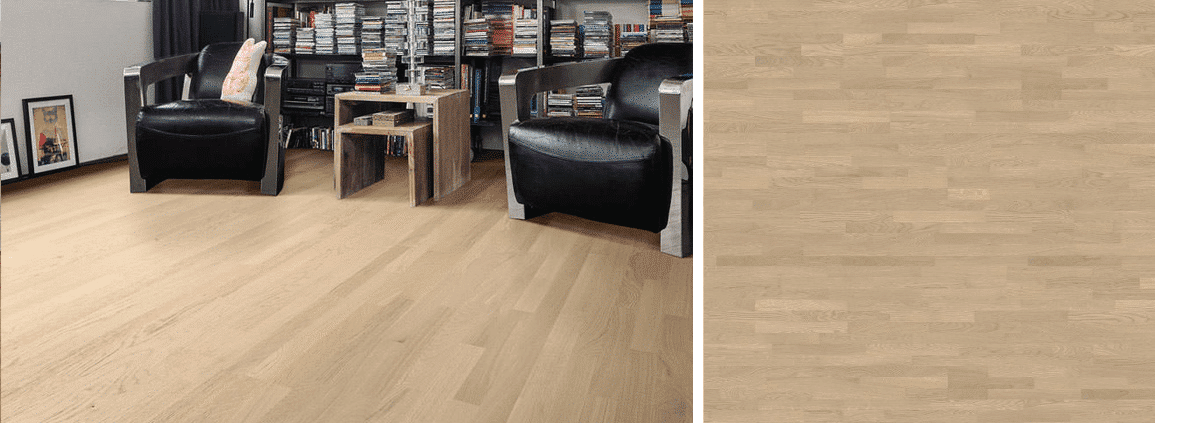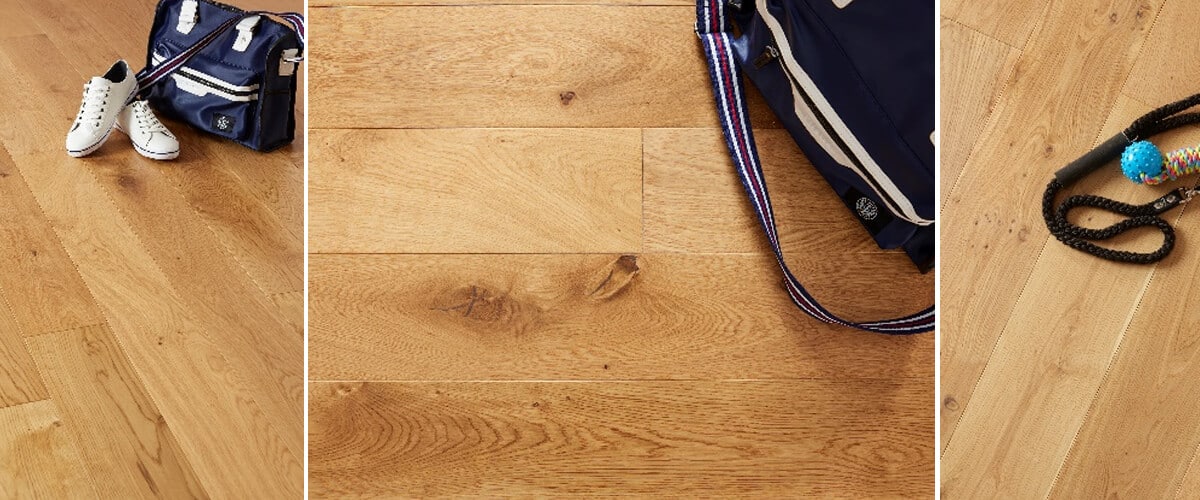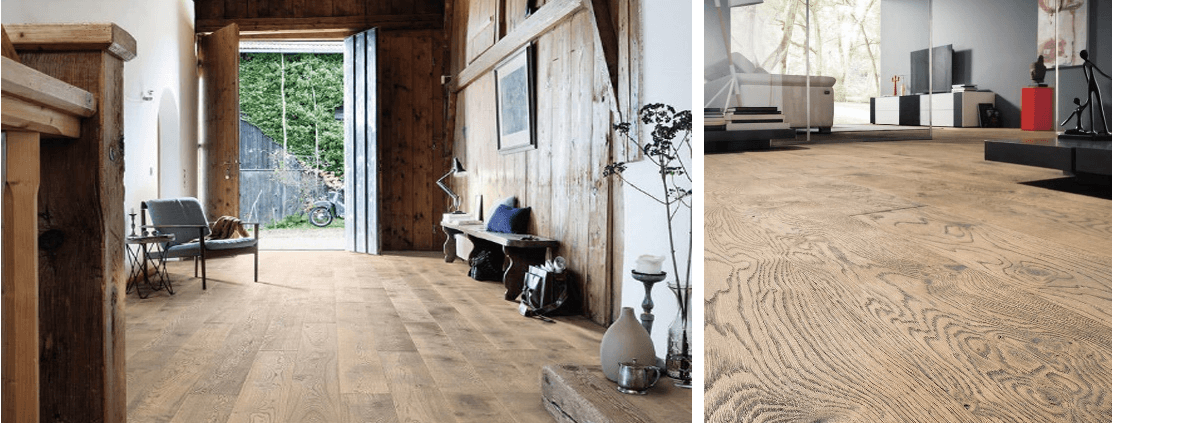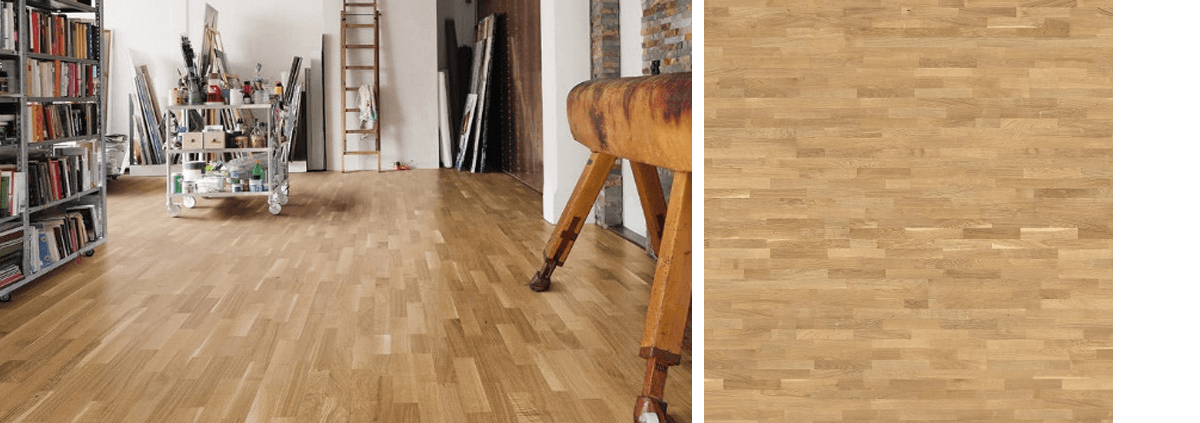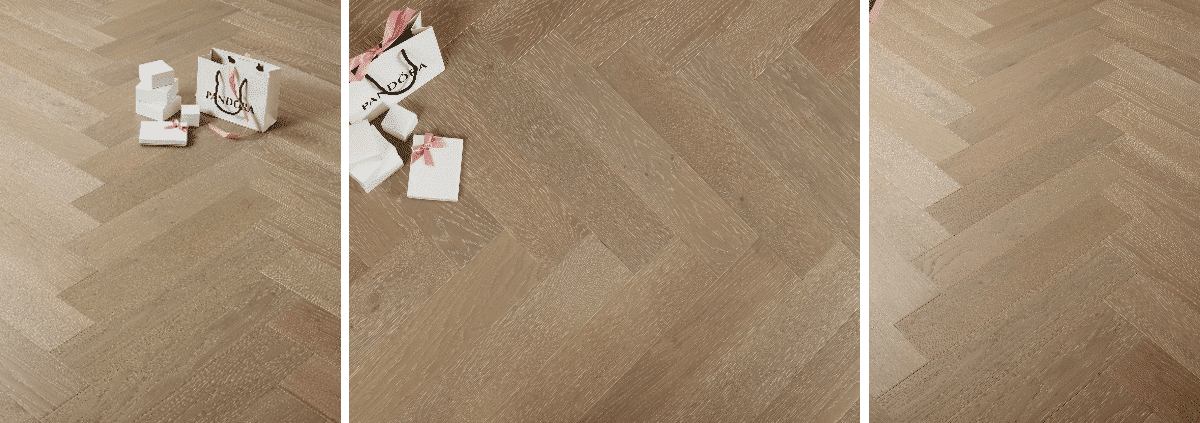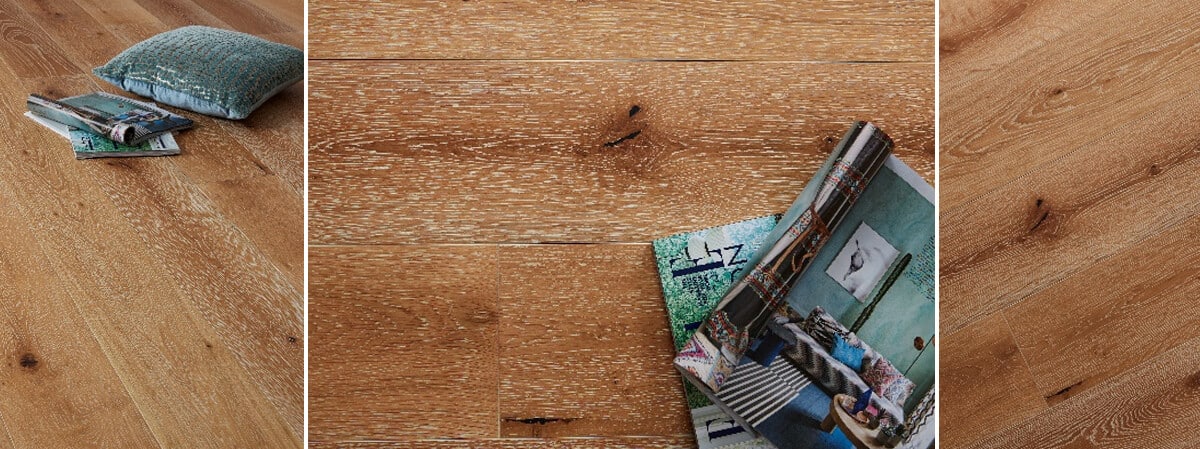hardwood floor refinishing machine: Powerful 7-step Guide
Hardwood Floor Refinishing Machine: A Practical 7-Step Guide for Homeowners and Pros
At Nationwide Hardwood Flooring Company, we help clients across the UK find affordable, high-quality hardwood flooring solutions. Whether you are upgrading a bedroom with oak flooring or installing luxury herringbone engineered wood in a commercial space, understanding the role of a hardwood floor refinishing machine is essential. This guide covers what a refinishing machine does, the different types available, cost considerations, and how to achieve professional results with nearby floor contractors.
Why Use a Hardwood Floor Refinishing Machine
A hardwood floor refinishing machine is designed to sand, smooth, and prepare wooden surfaces for staining, sealing, or varnishing. It allows you to remove surface imperfections, reveal fresh wood beneath old finishes, and ensure an even layer for long-lasting beauty. Using a machine suitable for the floor type—solid hardwood, engineered hardwood, or parquet—helps you achieve a showroom-quality finish with less manual effort. Explore our range of engineered flooring products to find finishes that complement your refinishing efforts.
Types of Hardwood Floors and Compatibility
The UK market offers several flooring options. When planning refinishing, consider whether your project involves:
- Oak hardwood flooring or solid oak flooring
- Engineered hardwood flooring or engineered timber floors
- Herringbone or chevron patterns such as engineered herringbone
- Laminate or real wood flooring variants (avoid mixing incompatible materials)
Each type requires different sanding equipment and grit sequences. For example, solid oak typically tolerates more aggressive initial grits than engineered wood floorboards, which may have a plywood core or veneer layer.
Choosing the Right Refinishing Machine
Shop for performance, durability, and safety. Major machine categories include:
- Wide belt refinisher for large, flat areas
- Edging machines for tight corners and along walls
- Orbital sanders for final smoothing and finish prep
- Dust extraction attachments to maintain a clean worksite
Consider rental vs. purchase. For frequent projects, buying a high-quality machine may reduce long-term costs. For occasional refinishing, a reputable floor contractor with professional equipment may be more cost-effective.
Step-by-Step Refinishing Process
Follow these steps to ensure a consistent, durable finish for hardwood floors. Always adhere to manufacturers’ guidelines and local building regulations.
- Assessment: Inspect for loose boards, protruding nails, stains, and water damage. Address any structural issues before sanding.
- Protection: Remove furniture, block doors, seal adjacent rooms, and isolate HVAC to minimize dust spread.
- Initial Sanding: Use a coarse grit (around 40–60) to remove old finishes and level the surface. Follow the wood grain where possible to minimize scratches.
- Intermediate Sanding: Progress to a medium grit (80–120) to smooth joints and remove remaining finish. Pay attention to edges and corners with an edging machine.
- Final Sanding: Apply a fine grit (180–220) for a uniform surface ready for stain or sealant. Ensure no swirl marks or gouges remain.
- Dust Removal: Clean thoroughly with a dust extractor and tack cloths to prepare for finishing.
- Finish Application: Choose a finish suitable for your floor type—oil-based, water-based, or UV-cured coatings. Apply evenly in thin coats, allowing proper cure time between applications.
For engineered hardwood flooring, it is essential to respect the veneer thickness and avoid over-sanding, which can compromise the appearance and structural integrity.
Local Considerations for the UK and Area Highlights
Nationwide Hardwood Flooring Company services clients across the country, including the Greater London area and surrounding counties. When planning a project in London, consider local hotspots and practical logistics:
- Popular commercial districts in London such as Westminster, City of London, and Canary Wharf require durable finishes with minimal downtime.
- Historic homes often feature intricate parquet or oak flooring that demands meticulous refinishing and protection of period details.
- High-traffic retail spaces benefit from hard-wearing luxury floors and efficient installation crews who can minimize disruption.
For DIY refinishing, it is crucial to confirm ventilation, dust control, and local building codes. If you are unsure, contact our team at Nationwide Hardwood Flooring Company for expert guidance.
Cost Considerations and Budgeting
Costs for refinishing a hardwood floor vary based on floor type, condition, room size, and finish selection. Key cost factors include:
- Labor and time: How long the project will take depends on room size and complexity.
- Material: Sandpaper grits, sealants, stains, and top coats influence the overall price.
- Equipment: Rental or purchase of a hardwood floor refinishing machine adds to the budget.
- Preparation: Surface repairs, nail removal, and subfloor stabilization may add to costs.
When comparing quotes, ensure the estimate includes dust containment measures, move-in/move-out timelines, and post-install maintenance guidance. We offer competitive pricing for both engineered flooring and solid wood projects, with transparent breakdowns for each line item.
Finish Options for Long-Lasting Beauty
Choosing the right finish is critical for durability and appearance. Common options include:
- Oil-based polyurethane: Rich amber hue with excellent durability, longer cure times.
- Water-based polyurethane: Clear finish with faster cure times and lower odor, great for lighter wood tones.
- UV-cured finishes: Quick curing with strong abrasion resistance, suitable for high-traffic areas.
For oak flooring, a balanced approach between aesthetics and protection works well. If you plan to install chevron or herringbone patterns, consider a satin or low-luster finish to highlight the geometry without glare.
Maintenance After Refinishing
Proper maintenance extends the life of your refinished floor. Basic practices include:
- Use felt pads under furniture and avoid standing water or damp towels on wood surfaces.
- Clean with manufacturer-approved products and avoid harsh abrasives.
- Place rugs in high-traffic zones and adjust during seasonal humidity changes.
- Schedule periodic re-coating as the finish wears down, typically every 5–10 years depending on use.
We provide tailored maintenance plans for engineered oak flooring, solid oak flooring, and other wood types to keep spaces looking pristine.
Finding a Reputable Local Contractor
Choosing the right floor contractors or floor fitters is essential to achieving a flawless result. Key considerations include:
- Relevant experience with engineered flooring, solid wood flooring, and herringbone or chevron installations.
- Clear licensing, insurance, and warranties for workmanship and materials.
- Evidence of previous projects, including photos or client references (avoid fabricated case studies).
- Transparent pricing, timelines, and communication practices.
Nationwide Hardwood Flooring Company offers expert floor installation services, including engineered hardwood flooring installation near you, floor contractors, and flooring shops across the UK. Contact us to discuss your project and receive an accurate quote.
Why Choose Nationwide Hardwood Flooring Company
With a focus on affordability without compromising quality, we provide:
- Comprehensive services from initial consultation to finish inspection.
- Expert guidance on choosing between engineered vs solid wood and parquet patterns.
- Access to a range of flooring types, including licensed suppliers and professional installers.
- Reliable support through every stage of the project, from measurement to maintenance.
Our team is dedicated to helping businesses and homeowners achieve durable, beautiful floors with a transparent process and competitive pricing. For more information or to arrange a site visit, contact Nationwide Hardwood Flooring Company at tel 07940 528 315 or email enquiries@nhfcompany.co.uk.
FAQ: Common Questions About Refinishing and Engineered Floors
- Can I refinish engineered hardwood flooring?
- Yes, but the veneer thickness limits the number of refinishing cycles. Consult a professional to assess suitability.
- Is a refinishing machine necessary for small rooms?
- For tight spaces, edging machines and hand sanding may be sufficient, though a small sander can still be effective.
- How long does refinishing take?
- Typically several days, depending on room size, drying times, and finish type.
- What is the best finish for high-traffic areas?
- UV-cured or water-based polyurethanes offer durability with faster cure times and easier maintenance.
If you are planning a project involving engineered wood floorboards, herringbone engineered flooring, or solid oak flooring, our team can tailor a plan that minimizes downtime and maximizes aesthetic impact. Reach out today to discuss options for chevron or herringbone patterns and to request a detailed, no-obligation quote.


